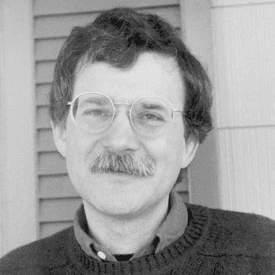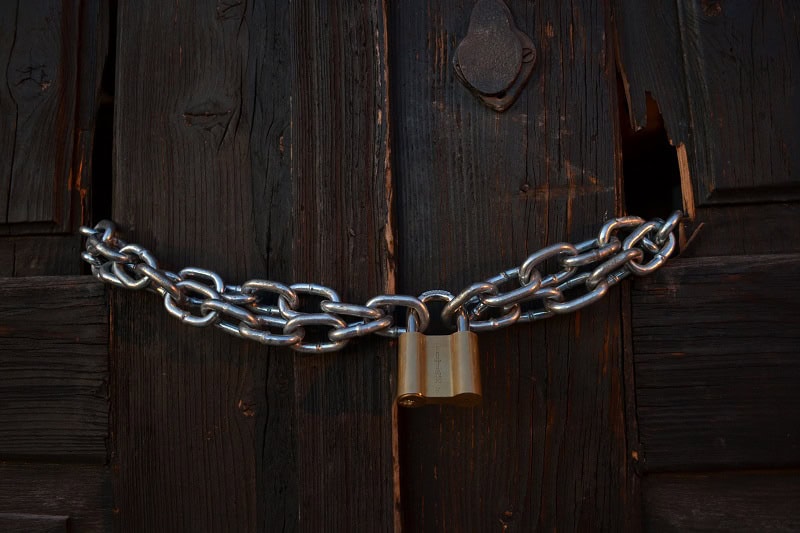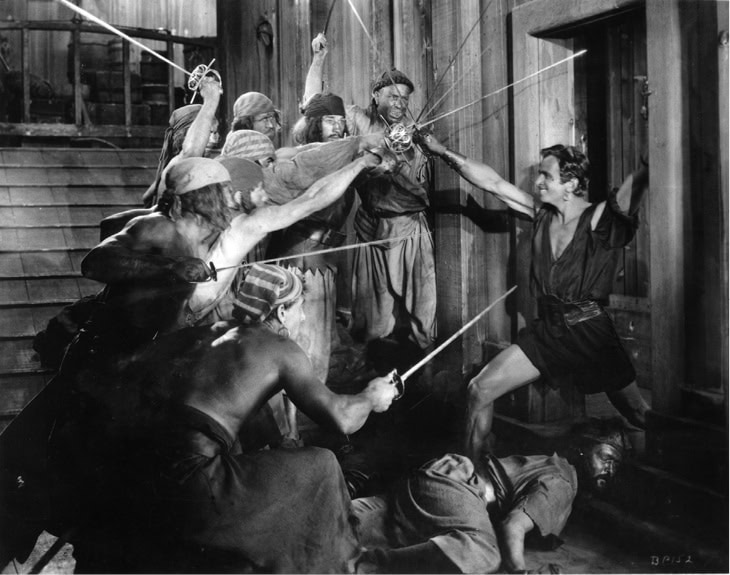Most historians can recall memorable scholarly conference sessions—hearing a pathbreaking paper that opened up a new field of study or offered a dramatically different approach to a much debated subject; listening to a paper comment that crisply summarized the direction of current scholarship; or learning from audience discussion about another historian working on a related historical problem. Writing in the president’s column in the October 2001 Perspectives, for example, Wm. Roger Louis eloquently recalls “the intellectual excitement of participating in sessions [of the AHA annual meeting] in the 1960s, and the chance to get across my own interpretation to a diverse audience including specialists in my field as well as others who might know little about my area of research but stood as authorities in their own right.”
Yet praise for the intellectual quality of work presented at the annual meeting of the AHA and other professional societies has always had to compete with an undercurrent criticism of the format of these scholarly rituals. Such criticisms most often focus on the practice of reading written papers aloud and the ways that practice sometimes precludes more active audience engagement with the scholarship presented. More than three-quarters of a century ago, some historians had already grown weary of such complaints. Reporting on the papers presented at the 1925 AHA annual meeting, American Historical Review editor J. Franklin Jameson concluded with an air or resignation that “the absence of lively discussion from our annual meeting is an old story and has been dwelt upon perhaps to satiety, by one who is now presenting his twenty-fourth of these annual chronicles.”
Later in the 1920s—possibly in response to Jameson’s complaints—it became increasingly common for the program to designate a “discussion leader,” which evolved into our current practice of assigning a “commentator,” although the term itself did not emerge until 1951. As far as I can tell, this is the only fundamental change in the format of the annual meeting in the century since it reached its “modern” form around 1900. And it did not quiet the grumblers. In 1939, the AHA’s “Committee of Ten on Reorganization and Policy” concluded that “much criticism has been directed against the programs of our annual meeting, and some of it seems justified,” observing that “many members prefer the good fellowship of the lounges and lobbies” to attendance at the sessions. Although it doubted that “any sure cure for this situation can be found,” it did point out “a practice common in Europe, and among various scientific organizations in America” of circulating papers in advance and devoting time to “discussion from the floor” rather than the reading of papers. They urged that such an approach be at least “tried out in a limited number of sessions.”
A report issued just weeks after war had engulfed Europe was not likely to inspire scholarly reform, and the complaints persisted after the War. (I must admit that I added my own to this very publication more than a dozen years ago.)1 Writing in 1988, Peter Novick offered a particularly jaundiced view of the AHA meetings of the 1980s in which papers “were read aloud as rapidly as the speakers’ lips and tongues could move, while pretending not to notice the chairperson pointing at the clock.” Discussion “if time allowed” consisted of “a couple of usually rambling and off-the-point remarks from the floor.” While some might accuse Novick of parody, there is enough truth in his portrait to make it recognizable to even staunch defenders of current practice.
But if Jameson viewed our rituals with an air of resignation more than 75 years ago, are we just tilting at windmills in raising this issue once again? Are there any reasons to think that now is the time to consider once again changing the format of the annual meeting? Perhaps the best reason to consider change is that other scholarly societies in the humanities and social sciences have already begun altering their practices—a sign that the professional culture may be changing. The 2003 “Call for Proposals” from the American Studies Association (ASA), for example, strongly encourages “innovative formats that disrupt the conventional ‘three people reading papers’ format.” To that end, they propose several “untraditional formats”—for example, “on-line format” (posting the papers on the Internet one month before the meeting and devoting the session to formal commentary and group discussion); “talk format” (presenters talk “from notes, speaking directly to the audience rather than reading line-by-line); “exhibit format” (presenters offer their work through large type posters and talk individually with audience members in the first half and as a group in the second half); “dialogue format” (roundtables, for instance); “workshop format;” and “performative format.” And rather than simply urge change, the program committee indicates, “in evaluating proposals, all things being equal, we will give preference to alternative formats.”
Other societies have favored similar innovations for longer periods. The American Folklore Society (AFS) encourages “poster presentations and sessions” as well as “electronic seminars.” The American Sociological Association sponsors what it calls “Informal Discussion Roundtables” as an alternative to formal papers. These “offer an opportunity for those who share conceptual, methodological, professional, or policy concerns to meet one another and to initiate and expand networks.” Each Discussion Roundtable session consists of 10 to 20 tables of about 10 people each; a discussion leader introduces the topic and facilitates discussion. Both societies report positive responses to the alternative formats. “We’ve done alternative sessions so long that people don’t react to them,” reports Timothy Lloyd, the Executive Director of the AFS. “Our members are just used to them and feel that they meet their needs.” Carla Howrey, the deputy executive officer of the American Sociological Association, is even more upbeat: “Attendance is up and this is the key indicator that people like having different varieties of sessions. It has democratized the organization.”
The most relevant winds of change are those blowing from the Organization of American Historians (OAH) with whom we share considerable overlap of membership. This past year, the OAH adopted a new strategic plan that included the statement that “By 2007, the OAH will transform its annual meeting to make it less rigidly structured and to make it more dynamic, innovative, and interactive.” Even by its 2004 meeting, the OAH has determined that fewer papers will be read, that they will offer more informal “how to” sessions on the craft of history, that they will create more interactive teaching sessions, and that they will offer “sessions on scholarly controversies in which two or more distinguished historians take opposing positions.” Significantly, the OAH presents these changes as a response to member complaints. “The impetus to start a big effort for alternative sessions,” explains OAH Convention Manager Amy Stark, “was that . . . our survey respondents at the end of the meeting were telling us that they were happy about the scholarship being presented (the quality and variety of it), but we were getting complaints about the way the scholarship is presented.” She argues that members “expect more interactive sessions. They teach that way in their own classrooms and that is what they are increasingly used to, so they want to see more of that at the meetings.”
Do AHA members also “want to see more of that” at their annual meeting? The Research Division of the AHA, which I head, and the AHA Council have begun to discuss that question. But in order to move ahead, we need to hear your views. Would you like to see changes in the format of the annual meeting? If so, what kinds of changes are most desirable? Please write to me or to other members of the AHA’s Research Division. We particularly encourage informal discussions among groups of historians (members of a particular history department or staff at a historical agency, for example), and are eager to hear reports on those discussions.
Note
- See “An Old Complaint Renewed: Why Do We Read Papers at Historical Conventions?” Perspectives 28:5 (May/June 1990), 20. See also Michael Coleman, “Please Don’t Read That Paper; or Speaker, Spare That Audience,” Perspectives 34:2 (February 1996), 31. [↩]



